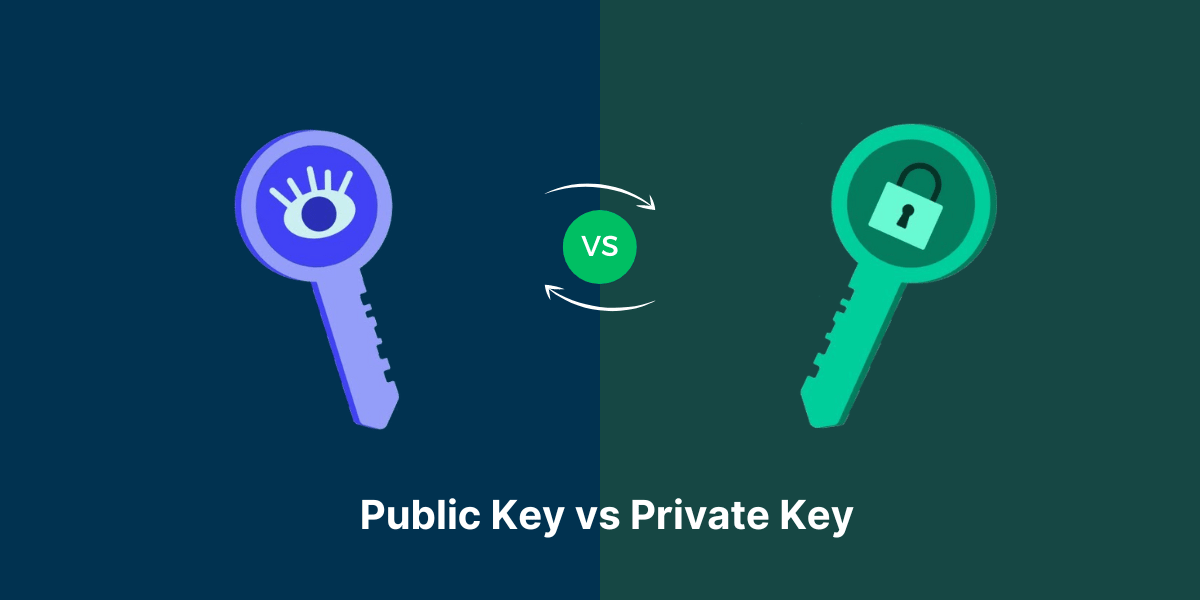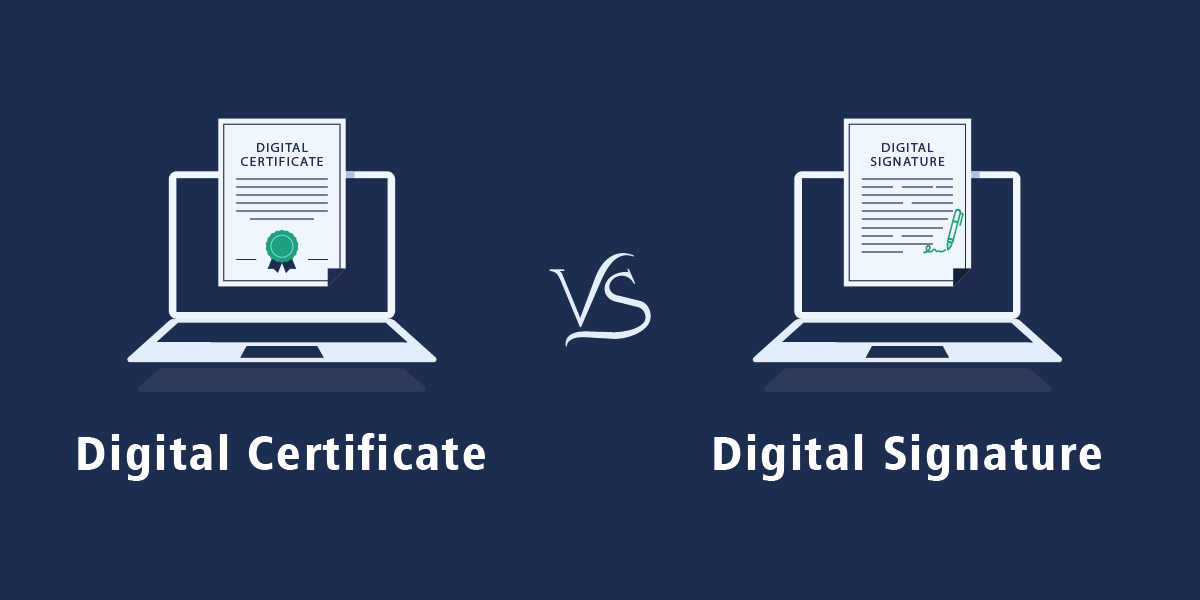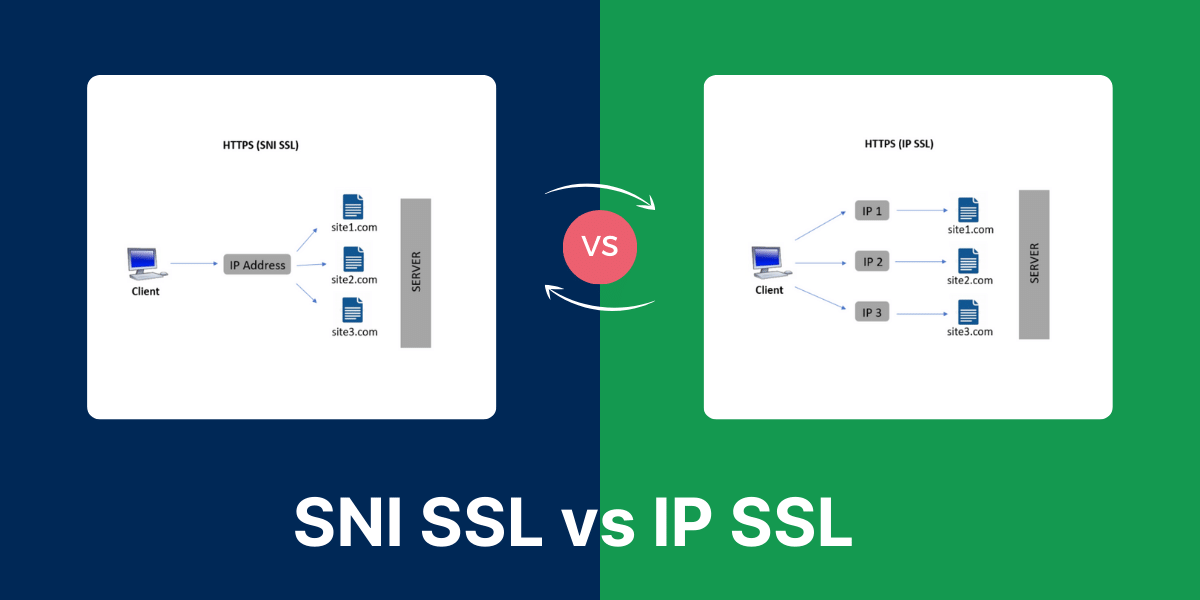Introduction to Public Key and Private Key
Public key cryptography, also known as asymmetric cryptography, uses a pair of keys to encrypt and decrypt data. The key pair consists of a public key and a private key. Though related, the public and private keys have distinct differences in how they are generated, distributed, and used.
Head-to-Head Comparison Between Public Key vs Private Key
Public keys and private keys are mathematically linked but have distinct differences. Here is a summary comparing public key vs private key:
|
Public Key |
Private Key |
|
Can be freely shared |
Must be kept secret |
|
Used to encrypt messages |
Used to decrypt messages |
|
Used to verify signatures |
Used to create signatures |
|
Guarantees confidentiality |
Guarantees authenticity |
|
Generated together with private key |
Generated together with public key |
|
Based on cryptographic algorithms (RSA, ECC, etc) |
Based on same algorithms as public key |
|
Integrity and authenticity not dependent on secrecy |
Its power depends on being kept secret |
What is a Public Key?
A public key is one of the keys in a key pair that is used in public key cryptography. Public keys are made freely available and distributed widely. It is used to encrypt messages that can only be decrypted by the holder of the corresponding private key.
How a Public Key is Generated
Public and private key pairs are generated together using an algorithm. Two of the most common algorithms used to generate public/private key pairs are:
- RSA (Rivest–Shamir–Adleman)– RSA relies on the difficulty of factoring large prime numbers to generate keys. It generates a public/private key pair based on two large prime numbers.
- ECC (Elliptic Curve Cryptography)– ECC relies on the algebraic properties of elliptic curves over finite fields to generate keys. It can create key pairs through point multiplication using an elliptic curve and a random point.
Once generated, the public key can be distributed widely while the private key is kept secret by its owner.
How a Public Key is Distributed
For public key cryptography to work, the public key must be distributed to those who will use it to encrypt messages. There are a few common ways public keys are shared:
- Digital Certificates: Public keys are embedded in digital certificates which authenticate the key owner. Certificates are issued by certificate authorities and can be publicly accessed.
- Key Servers: Public keys can be uploaded to public key servers/directories like MIT’s PGP Public Key Server. Users can search and download keys.
- Manual Sharing: Public keys can be manually shared via copy/paste, email, USB drive, etc. Users must verify authenticity.
- Embedded In Apps: Apps like email and messaging can embed public keys and automatically fetch keys from servers.
The key point is that public keys are meant to be distributed widely: to anyone who needs to interact securely with the owner.
What a Public Key is Used For
Public keys enable two important functions in public key cryptography:
- Encryption: Anyone can use a public key to encrypt a message that only the holder of the paired private key can decrypt. This ensures confidentiality.
- Verification: A public key can be used to verify a digital signature created by its corresponding private key. This ensures authenticity & integrity.
Public key encryption and digital signatures are fundamental to many secure communication protocols and applications today.
What is a Private Key?
The private key is the other key in a public/private key pair. It is kept secret by its holder and used to decrypt messages encrypted with the corresponding public key or create digital signatures.
How a Private Key is Generated
Private keys are generated at the same time as their associated public key. As mentioned earlier, algorithms like RSA and ECC are used to randomly generate interconnected public/private key pairs.
Once generated, the private key must be kept highly secure and confidential. If the private key is compromised, an attacker could decrypt, read, modify, or forge messages intended for the key’s owner.
How a Private Key is Distributed
Unlike the public key, the private key is not distributed at all: it remains exclusively with its owner. The user who generated the key pair is solely responsible for keeping the private key secret and safe.
Private keys can be stored in a computer’s hard drive, external storage device, crypto wallet, smart card, or other media that only the owner can access. The private key should always be stored encrypted with a strong password.
What a Private Key is Used For
The private key enables:
- Decryption: The private key holder can decrypt messages that were encrypted using the corresponding public key. This maintains confidentiality.
- Digital Signatures: The private key can digitally sign messages and transactions. The signatures can be verified via the public key. This provides authenticity.
The private key provides the power to decrypt, sign, and prove ownership. It must be kept confidential and secure by its owner at all times. If compromised, it could be used to impersonate or spy on the key’s owner.
Examples of Public Key Cryptography
Public key cryptography is widely adopted today. Here are some common examples of systems that use public/private keys:
SSL/TLS Certificates
The SSL/TLS protocol uses public key cryptography to secure communications between web servers and browsers.
- The server has a certificate with its public key to share with connecting clients.
- The browser uses the public key to initiate an encrypted SSL/TLS session with the server.
- The server decrypts and responds using its private key.
This allows secure HTTP connections for online shopping, banking, email, etc.
PGP/GPG Encryption
PGP (Pretty Good Privacy) and GPG (GNU Privacy Guard) are software for encrypting data like emails and files using public key cryptography.
- Each user generates a public/private key pair and distributes the public key.
- Users can find and import each other’s public keys into their PGP/GPG keyrings.
- Messages can be encrypted with intended recipients’ public keys for confidentiality.
- Recipients decrypt with their respective private keys to read the messages.
Cryptocurrencies
Public key cryptography is central to how cryptocurrencies like Bitcoin work:
- Each user has a wallet with a public/private key pair. The public key acts as the wallet address.
- Transactions are signed with the sender’s private key and broadcast to the network.
- The network uses the sender’s public key to verify their signature and confirm the transaction.
- The recipient can spend funds using their private key which proves ownership.
Frequently Asked Questions on Public Key vs Private Key
What is the main difference between a public key and private key?
The main difference is that public keys can be freely shared while private keys must be kept secret. Public keys encrypt and verify while private keys decrypt and sign.
Which key do you share publicly?
The public key is meant to be distributed widely so anyone can use it to communicate securely with its owner. The private key is kept private by its owner.
Can private keys be shared?
No, private keys should never be shared as this would compromise their security. They provide power to decrypt and sign so must only be accessible to their owner.
What key sizes are considered secure today?
Recommendations vary but experts advise at minimum:
- RSA keys of 2048 bits
- ECC keys of 224 bits
Larger key sizes of 3072+ bits for RSA and 256+ bits for ECC provide future-proof security. The strength depends on the algorithm and key generation.
What happens if you lose a private key?
Losing a private key is catastrophic since you can no longer decrypt or sign any messages secured by their associated public key. Lost private keys essentially destroy access to encrypted data. Diligently backing up and storing private keys in multiple safe locations is critical.
Can you protect a private key with a password?
Yes, private keys are often encrypted with a passphrase for additional security. The user must enter the password each time they need to access the private key so it remains cryptographically locked away otherwise. Proper password hygiene is important.



